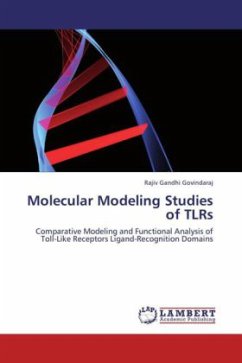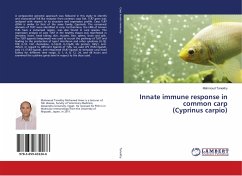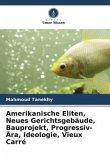Toll-like receptors (TLRs) play a central role in bridging the innate and adaptive immune responses. TLR signaling pathways are also implicated in serious autoimmune diseases such as endotoxic shock and thus are important therapeutic targets. Owing to the lack of TLR structural information, explanations for ligand-binding mechanisms have been difficult to provide. Computational modeling enables initial predictions of three-dimensional structures for the investigation of receptor-ligand interaction mechanisms. In order to understand the nature of the interactions of the TLR ECD with their ligands, we constructed three dimensional structures of human TLR10, human TLR8, mouse TLR8, rat TLR8, bovine TLR8 and porcine TLR8 and refined the model through molecular dynamics (MD) simulations. Subsequently, models of essential complexes involved in the TLR signaling processes were yielded through protein-protein docking analysis. The observed functional studies and their implication for ligand recognition by TLRs could lead to the development of adjuvants that specifically bind to the TLR ECD and activate the TLRs or anti-inflammatory drugs that block TLR mediated signaling.
Bitte wählen Sie Ihr Anliegen aus.
Rechnungen
Retourenschein anfordern
Bestellstatus
Storno








